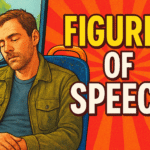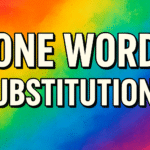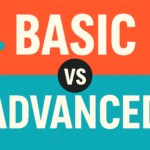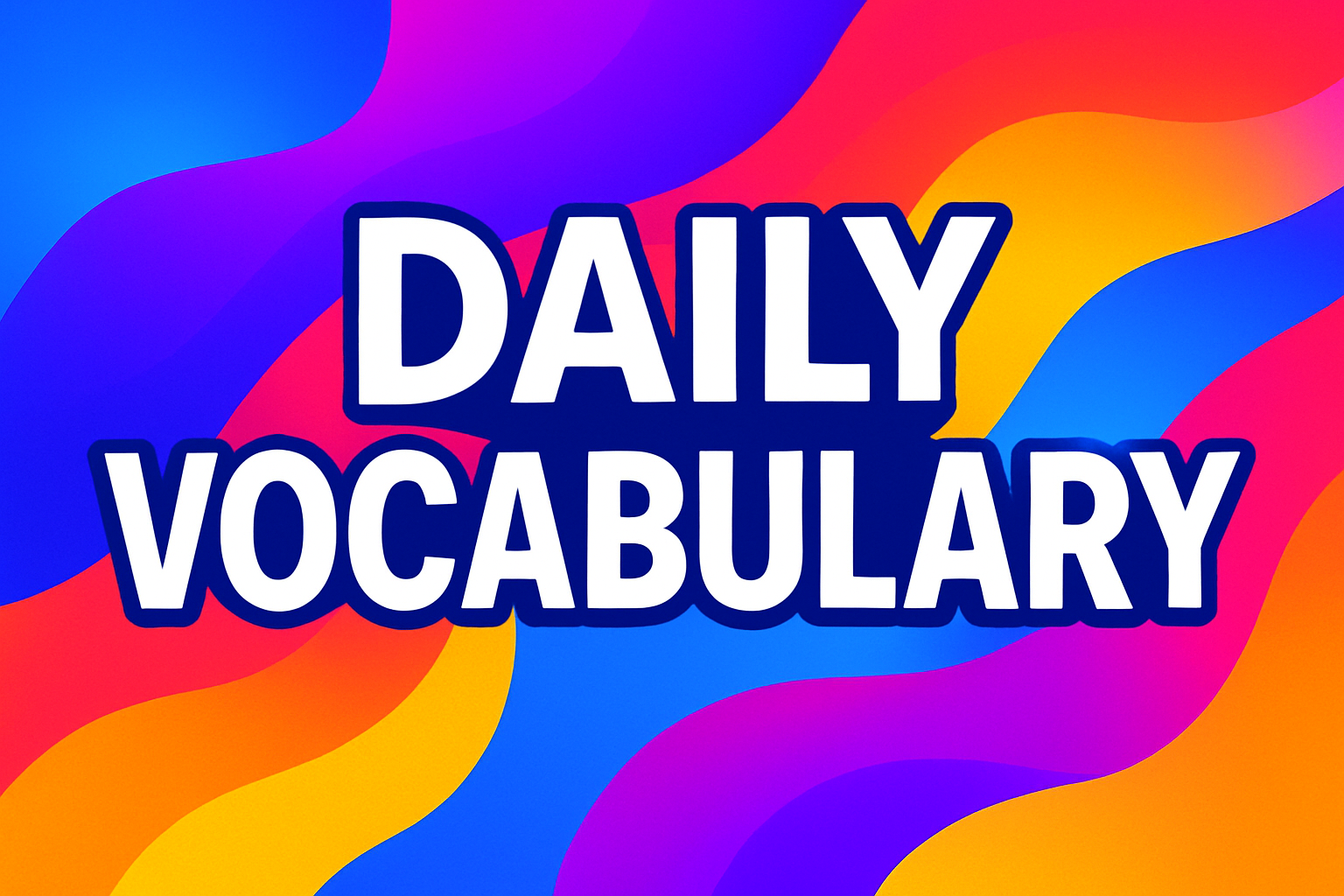Skip to content- Action Verbs
- Describe physical or mental actions.
- Examples: run, think, write, jump.
- Subtypes:
- Transitive: Require a direct object (e.g., She kicked the ball).
- Intransitive: Do not require an object (e.g., He runs).
- Linking Verbs
- Connect the subject to additional information (e.g., a state of being or condition).
- Examples: be, seem, appear, become.
- Example: She is happy.
- Helping (Auxiliary) Verbs
- Assist the main verb to express tense, mood, or voice.
- Examples: have, do, will, can, shall.
- Example: They have finished their homework.
- Modal Verbs
- A type of auxiliary verb that expresses possibility, necessity, ability, or permission.
- Examples: can, could, must, should, might.
- Example: You should study.
- Regular Verbs
- Follow a standard pattern for conjugation (e.g., add -ed for past tense).
- Examples: walk/walked, play/played.
- Irregular Verbs
- Do not follow standard conjugation patterns.
- Examples: go/went, eat/ate, be/was.
- Phrasal Verbs
- Consist of a verb plus a preposition or adverb, creating a new meaning.
- Examples: give up, look after, run into.
- Example: She gave up smoking.
- Stative Verbs
- Describe a state or condition rather than an action.
- Examples: know, love, own, belong.
- Example: I know the answer.
- Dynamic Verbs
- Describe actions or processes that can be actively performed.
- Examples: run, dance, write.
- Example: He dances every evening.
- Reflexive Verbs
- The subject and object are the same (used with reflexive pronouns like myself).
- Examples: enjoy oneself, hurt oneself.
- Example: She hurt herself.
- Causative Verbs
- Indicate that the subject causes another person/thing to do something.
- Examples: make, let, have.
- Example: He made me laugh.
- Finite Verbs
- Show tense, person, and number, and can stand alone as the main verb.
- Example: She walks to school.
- Non-Finite Verbs
- Do not show tense, person, or number (e.g., infinitives, gerunds, participles).
- Examples: to run (infinitive), running (gerund), written (participle).
 {"prompt":"Verbs & Types green color","originalPrompt":"Verbs & Types green color","width":1024,"height":576,"seed":42,"model":"flux","enhance":false,"nologo":true,"negative_prompt":"worst quality, blurry","nofeed":false,"safe":false,"isMature":false,"isChild":false}
{"prompt":"Verbs & Types green color","originalPrompt":"Verbs & Types green color","width":1024,"height":576,"seed":42,"model":"flux","enhance":false,"nologo":true,"negative_prompt":"worst quality, blurry","nofeed":false,"safe":false,"isMature":false,"isChild":false}




